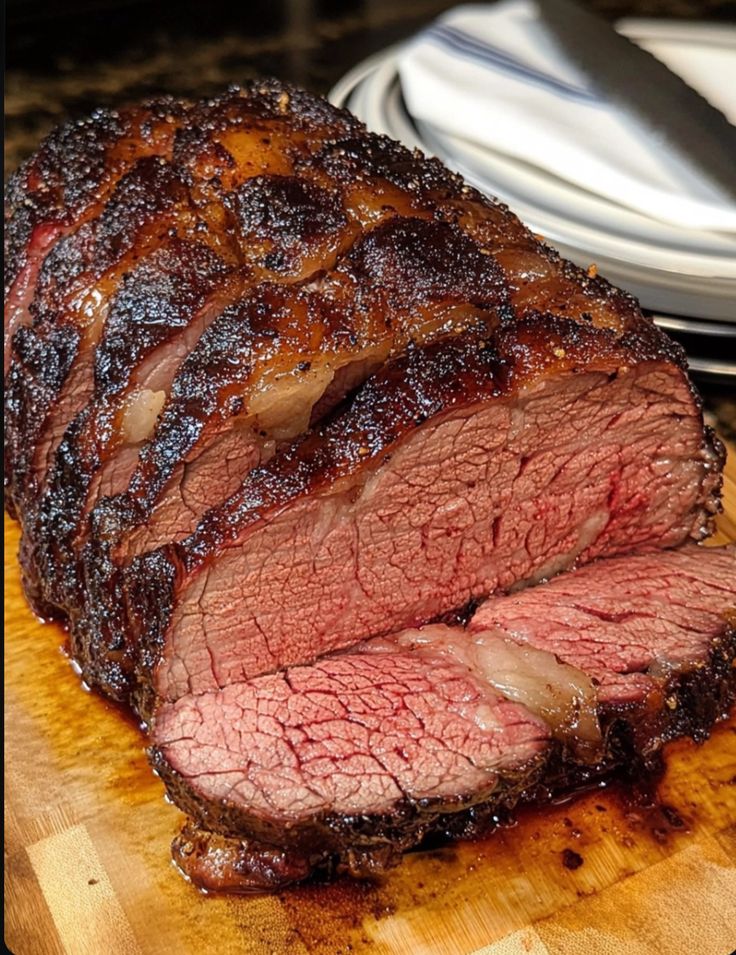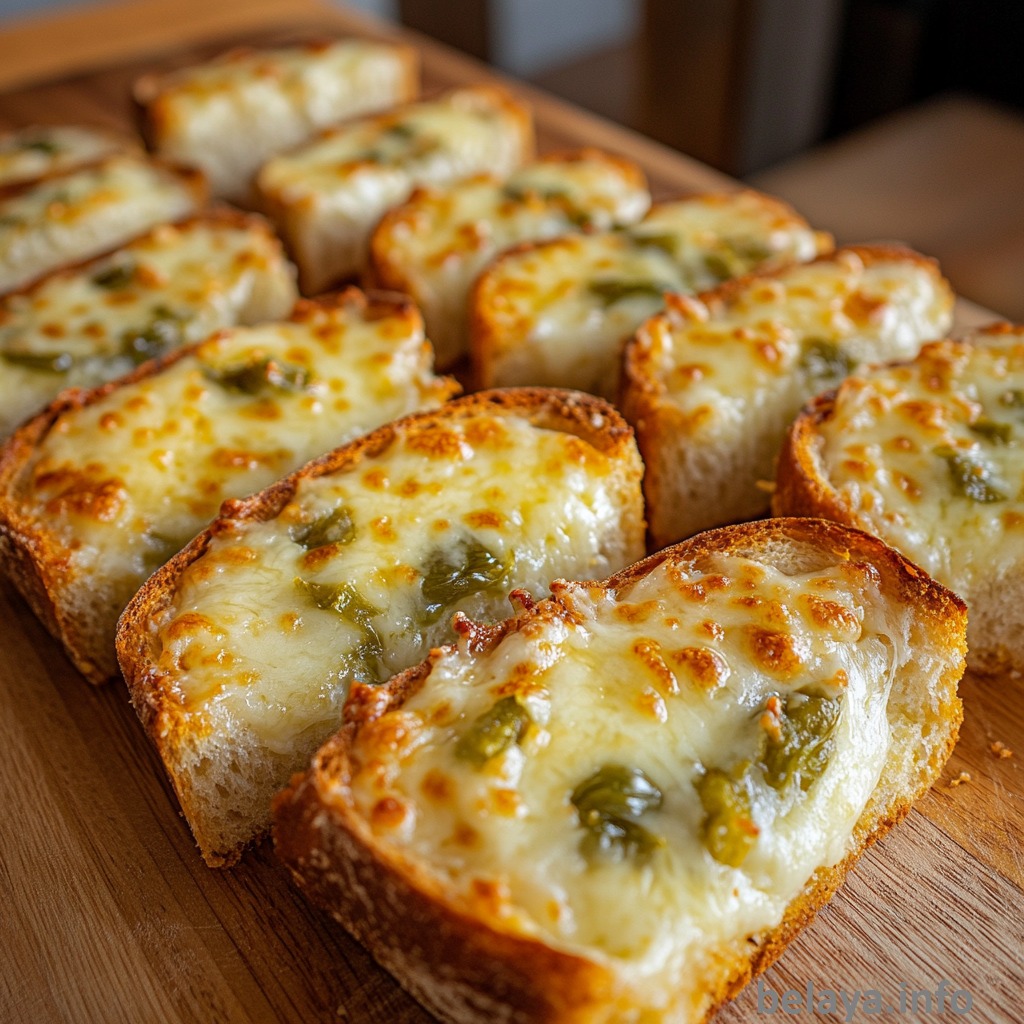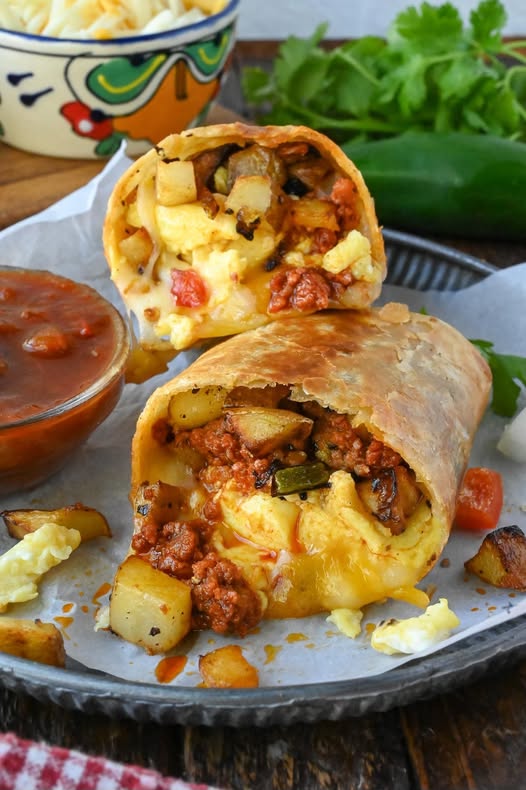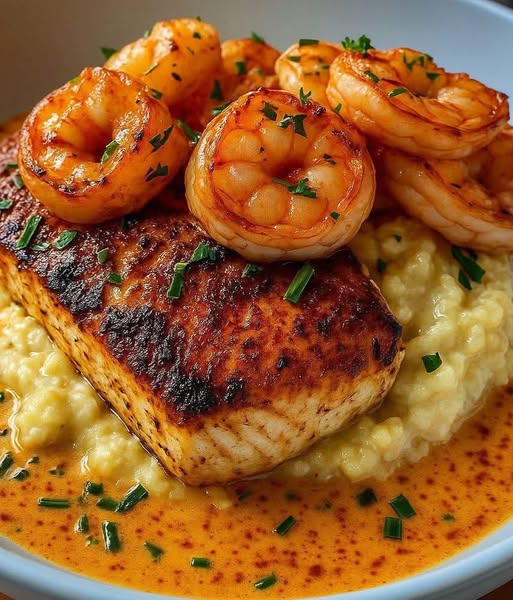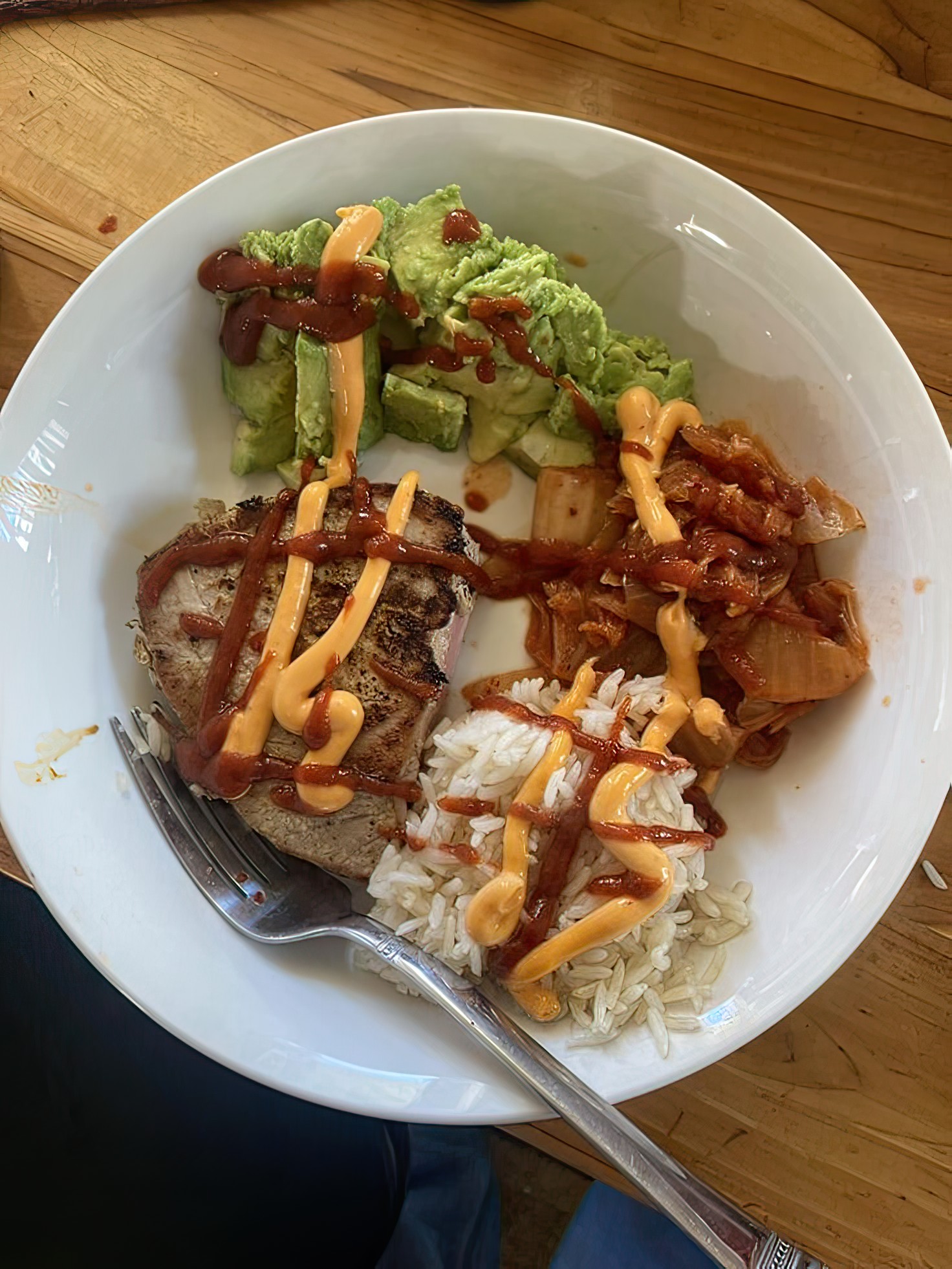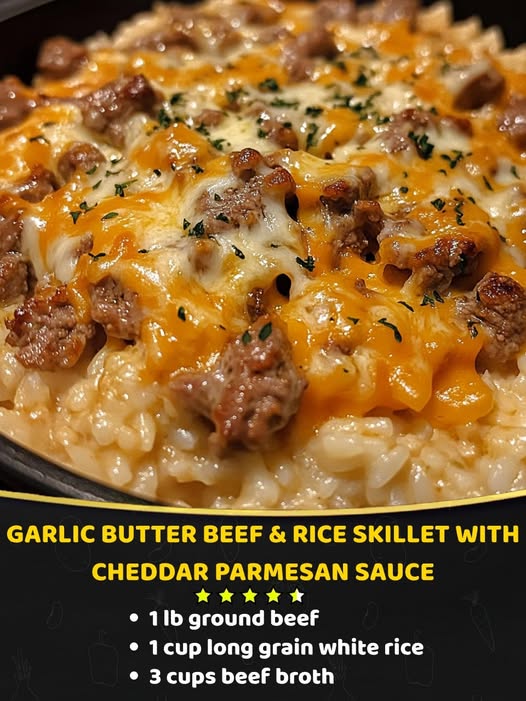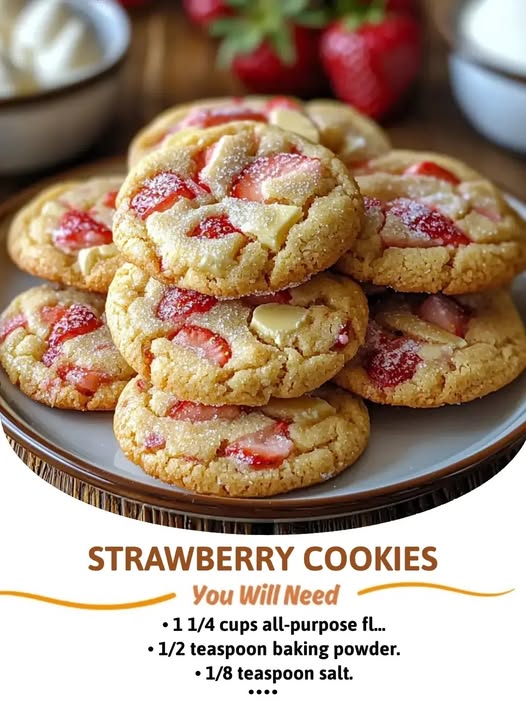Dry-aged prime rib roast is the epitome of luxurious dining, a true culinary masterpiece that transforms any gathering into a memorable feast. This dish, with its deep, complex flavors and buttery tenderness, is not just a meal but an experience. The art of dry aging and the careful roasting of a prime rib cut come together in perfect harmony to deliver a dish that is both rustic and refined. The result is a robust, savory delight that speaks to the heart and soul of classic cooking.
The Culinary Legacy of Prime Rib
The History Behind the Prime Cut
Prime rib has a storied past, one that is deeply rooted in the traditions of Western cuisine. Its origins can be traced back to the grand feasts of medieval Europe, where large joints of meat were roasted over open fires. This method of cooking not only imparted a rich, smoky flavor but also allowed the meat’s natural juices to enhance its taste and texture. Over time, prime rib became synonymous with celebratory meals, served during holidays and special occasions, from Christmas dinners in England to elegant New Year’s Eve gatherings across the globe. Its reputation was further cemented during the 19th century when the industrial revolution made beef more accessible, allowing for this luxurious cut to grace more tables.
A Cut Above the Rest
The prime rib, also known as the standing rib roast, is indeed a cut above the rest. It is derived from the primal rib section of the cow, which lies between the chuck and the short loin. This cut is revered for its perfect balance of marbling and tenderness. The marbling, or the fat interspersed within the muscle, melts during the cooking process, basting the meat from within and imparting a rich, beefy flavor that is simply unmatched. The standing rib roast’s position in the cow’s anatomy means it is less exerted, resulting in a supremely tender texture.
The Art and Science of Dry Aging
Unlocking Depth of Flavor
Dry aging is a time-honored technique that elevates prime rib from the realm of the delicious to the sublime. This process involves aging the meat in a controlled, refrigerated environment for several weeks. During this time, two key things happen: the meat’s natural enzymes break down the muscle tissue, tenderizing the beef, and moisture evaporates from the muscle, concentrating the flavor. The result is a cut of beef that boasts a remarkable depth of flavor, with notes that are nutty, earthy, and intensely savory.
The Chemistry of Taste
Dry aging is as much a science as it is an art. The precise regulation of temperature, humidity, and airflow is crucial to prevent spoilage and ensure that the beef ages properly. This meticulous process not only transforms the texture of the meat but also enhances its flavor profile, creating a culinary experience that is both robust and delicate. The patience required in dry aging pays off in the end, with a cut of beef that is unparalleled in its complexity and nuance.
Crafting the Perfect Prime Rib Roast
Techniques for Success
Creating the perfect dry-aged prime rib roast is both an art and a science. It begins with selecting the right cut, ensuring that it has ample marbling and the right amount of aging. The roasting process itself is where the magic truly happens. A slow roast allows the fat to render and the meat to cook evenly, while a final blast of high heat creates a flavorful crust. This contrast between the tender interior and the crispy exterior is what makes prime rib so special.
Flavors That Dance on the Palate
The dry-aged prime rib roast offers a symphony of flavors that dance on the palate with each bite. The umami-rich beef, enhanced by the aging process, is complemented by a simple seasoning of salt and pepper, allowing the natural flavors to shine. The crust, seasoned and seared to perfection, adds a texture that contrasts beautifully with the melt-in-your-mouth interior. This dish is not just about the beef; it’s about the journey of flavors that unfold as you savor each mouthful.
Dry-aged prime rib roast is more than just a dish; it’s a celebration of culinary traditions and techniques that have been passed down through generations. Its rich history, combined with the meticulous process of dry aging and roasting, creates a dining experience that is truly unforgettable. Whether it’s for a holiday feast or a special occasion, this dish is sure to impress and delight.
Dry Aged Prime Rib Roast
Description
Savor the succulent taste of perfectly dry-aged prime rib, a dish that marries tradition with gourmet flair, delivering an unforgettable dining experience.
Ingredients
Prime Rib Roast
Seasoning Rub
Optional Garnish
Instructions
Preparing the Dry Aged Prime Rib
-
Choose the Right Cut
Select a high-quality, bone-in prime rib roast with good marbling. Aim for a piece that has been dry-aged for 21 to 28 days for optimal flavor.Dry-aged beef has a more concentrated flavor, so investing in a quality cut is key to this recipe's success. -
Season Generously
Rub the prime rib with a mixture of kosher salt, freshly cracked black pepper, and minced garlic. Make sure to cover all sides evenly.Let the seasoned roast sit uncovered in the refrigerator for at least 24 hours to deepen the flavors.
Cooking the Prime Rib
-
Preheat the Oven
Set your oven to 500°F (260°C) and allow it to fully preheat. This initial high heat will sear the roast, locking in the juices.Ensure your oven is clean to avoid any smoke from the high temperature. -
Roast the Meat
Place the prime rib on a roasting rack in a shallow pan, fat side up, and roast it for 15 minutes to sear.This step creates a delicious crust that enhances the flavor and texture. -
Lower the Temperature
Reduce the oven temperature to 325°F (163°C) and continue roasting. For medium-rare, cook until the internal temperature reaches 120°F (49°C), about 2 to 2.5 hours.Use a meat thermometer to check the temperature without opening the oven too frequently.
Resting and Serving
-
Rest the Roast
Remove the roast from the oven and let it rest on a cutting board for at least 20 minutes before carving.This resting period allows the juices to redistribute, making for a juicier and more flavorful roast. -
Carve and Enjoy
Slice the prime rib into thick, juicy slices and serve with your favorite sides.Consider pairing with a horseradish cream sauce or a rich red wine jus for added flavor.
Note
For a perfectly dry-aged prime rib roast, ensure your meat is dry-aged for 21 to 28 days for optimal flavor. Before cooking, let the roast sit at room temperature for 2 hours to ensure even cooking. Preheat your oven to 450°F (232°C) for a nice crust. Season generously with kosher salt and freshly cracked black pepper—don't be shy, as the seasoning forms the foundation of flavor. Roast for 15 minutes at the high temperature, then reduce the oven to 325°F (163°C) and continue roasting until the internal temperature reaches 120°F (49°C) for rare, about 15-20 minutes per pound, or 130°F (54°C) for medium-rare. Rest the roast for at least 30 minutes, tented with foil, to allow the juices to redistribute. Carve with a sharp knife, slicing against the grain. For a twist, consider adding a rub of crushed garlic, rosemary, and thyme before roasting for an aromatic enhancement. Serve with horseradish cream or a red wine jus for an elegant finish. Remember, the key to dry aging is patience, and the result is a tender, flavorful roast that’s well worth the wait. Keep leftovers tightly wrapped in the fridge for up to 3 days or freeze for longer storage.
